
When it comes to choosing a mortgage, the choices can seem virtually endless. From ARMs to FHAs, 30-year fixed rate programs, to VA and USDA loans, there is definitely a broad range of options. One very unique type is known as a “balloon mortgage.” Just like its namesake, this program’s final payment schedule inflates or “blows up” to a larger amount, which becomes due all at once when it’s time to pay off the remaining balance.
This type of home loan is appealing to borrowers because balloon mortgages may often come with lower interest rates. However, those more affordable rates are only for a specific amount of time. For that reason, these types of loans are often confused with an ARM or adjustable rate mortgage. A balloon mortgage also comes with an interest rate that is fixed for a certain period of time. That lower-rate phase is usually between three to ten years. After that, it will change. During that period, the borrower is able to enjoy the same peace of mind that fixed-rate mortgage holders do. That is, they know what to expect since their home loan payment is the same amount each month – but only during the initial phase.
Balloon mortgages are different from fixed-rate and adjustable rate mortgages because they require a lump sum payout at the end of the initial or amortized payment period. This characteristic makes balloon mortgages unappealing to quite a few prospective borrowers. On the flip side, this type of loan is often viewed as a good option among real estate investors.
Here’s why an investor may opt for a balloon mortgage: During the fixed interest time frame they can take advantage of other investment opportunities. The more manageable fixed-rate loan frees up their capital and allows it to grow. If all goes well, the lump sum is paid off on the due date and the investor can enjoy positive cash flow. By contrast, a traditional homeowner with a balloon mortgage may be able to change it to another financing program through refinancing before the fixed period ends. The borrower can also choose to sell the home. However, there’s no guarantee that the homeowner will be able to refinance or sell, so choosing a balloon mortgage carries a significant amount of risk.
When everything goes according to plan, a balloon mortgage can be a good thing. For instance, if the owner is not choosing to live in the house for the long haul, a balloon mortgage allows the individual to pay a fixed amount at a low rate of interest for the time that he or she plans to live there. In the best-case scenario, when the owner sells the property, the lump sum amount can be paid off and hopefully, there will be money left over. The situation can progress even more when the borrower makes improvements to the property and it appreciates over time.
On the other hand, the borrower’s situation that existed when the balloon mortgage was initiated can change for the worse. For example, the homeowner may lose his or her job, have health issues or other serious and expensive setbacks. Another concern is that property values could drop, making it difficult to refinance or sell. Also keep in mind that though there may be the option of refinancing a balloon mortgage, such an alteration comes with additional expenses including closing costs and the prospect of a higher interest rate.
Opting for a balloon mortgage may be a profitable idea for those who are confident that their household income will increase significantly within the next few years. Those expecting a cash windfall, such as an inheritance or bonus over the next few years, may also be good candidates for a balloon mortgage. This type of mortgage can also be an effective strategy for individuals who relocate often and do not plan to stay put for the long term.
Something else to consider is that some lenders may feel a balloon mortgage comes with a lower risk for them, due to the fact that these loans mature within five to seven years. Even though some lenders may view these as more manageable than a 3- or 5-year ARM, there is always a chance of foreclosure and the risk of losing your home could be higher with a balloon mortgage. In addition, failing to make the large lump sum payment needed once the loan reaches maturity may prevent approval for loan refinancing. It also can increase the risk of foreclosure. This type of situation happened frequently during the 2008 mortgage crisis. Many people with balloon mortgages faced foreclosure because they could not sell their homes in time to pay off their loan balances. Then, since they were behind on their mortgage, or perhaps underwater in their mortgage, getting approval for refinancing was extremely difficult if not impossible.
Before making a home financing decision, be sure to consult a professional mortgage lender or financial planner. After all, a home purchase is likely the largest single purchase you’ll ever make and it’s one you’ll want to feel one hundred percent secure about!

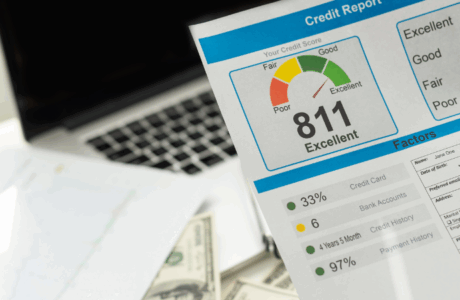















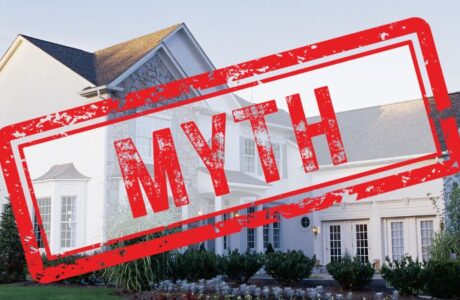


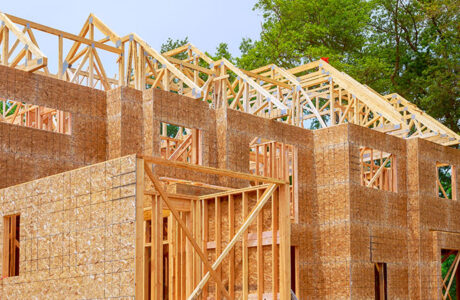





































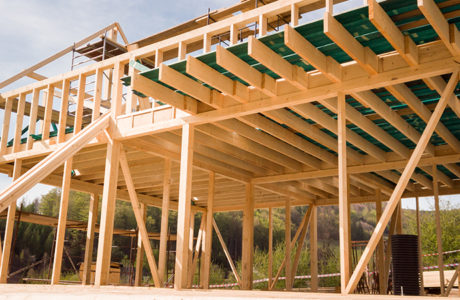












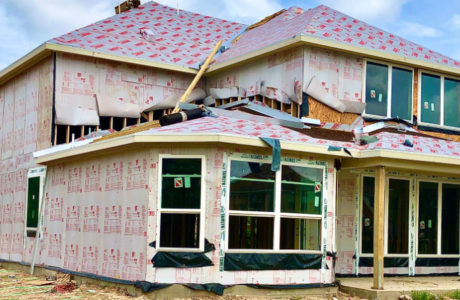




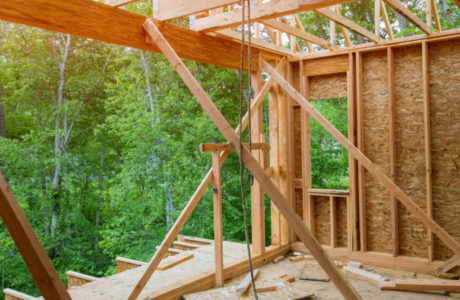


















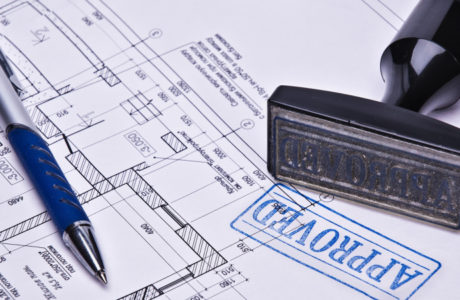






























Comments are closed.